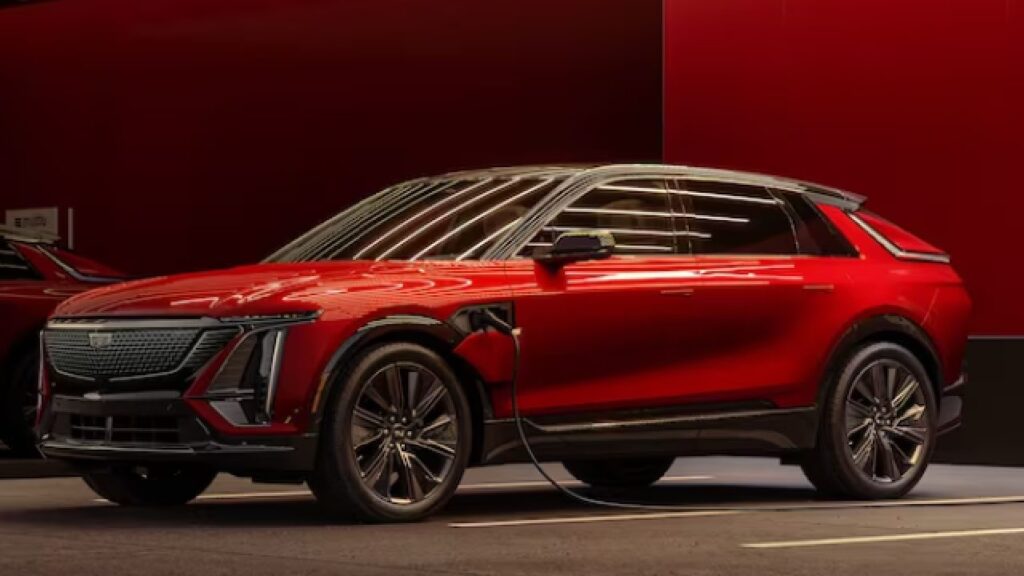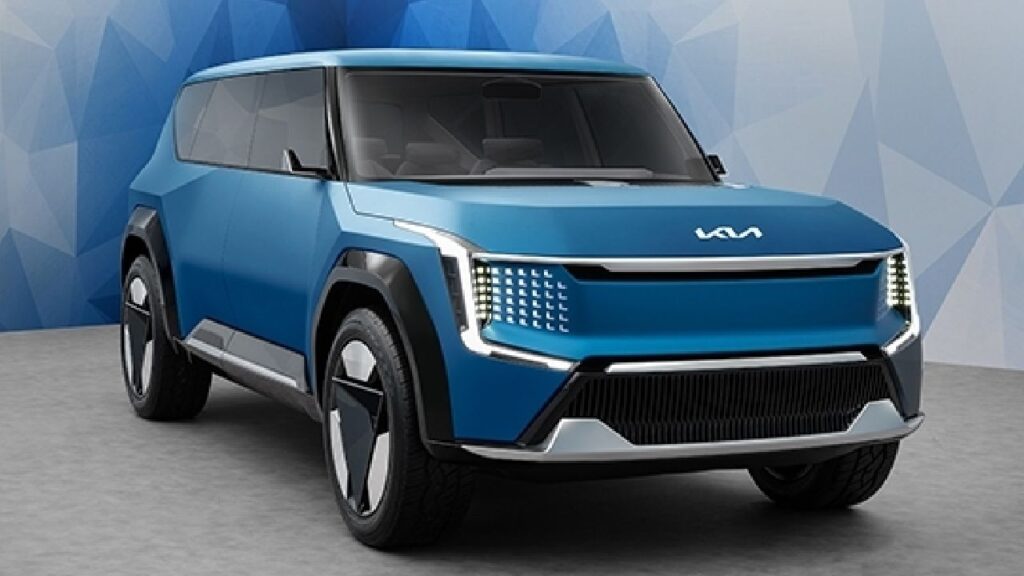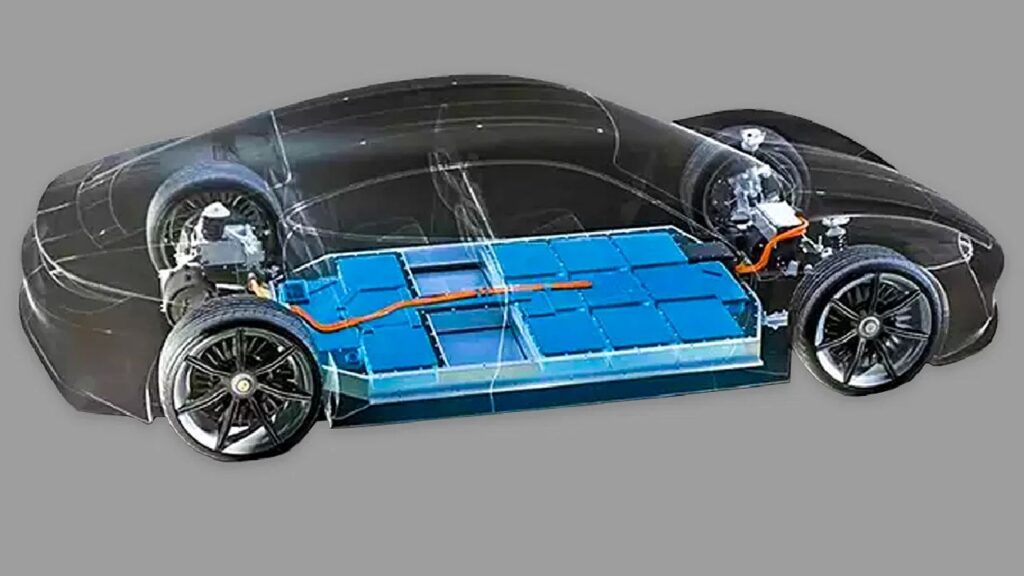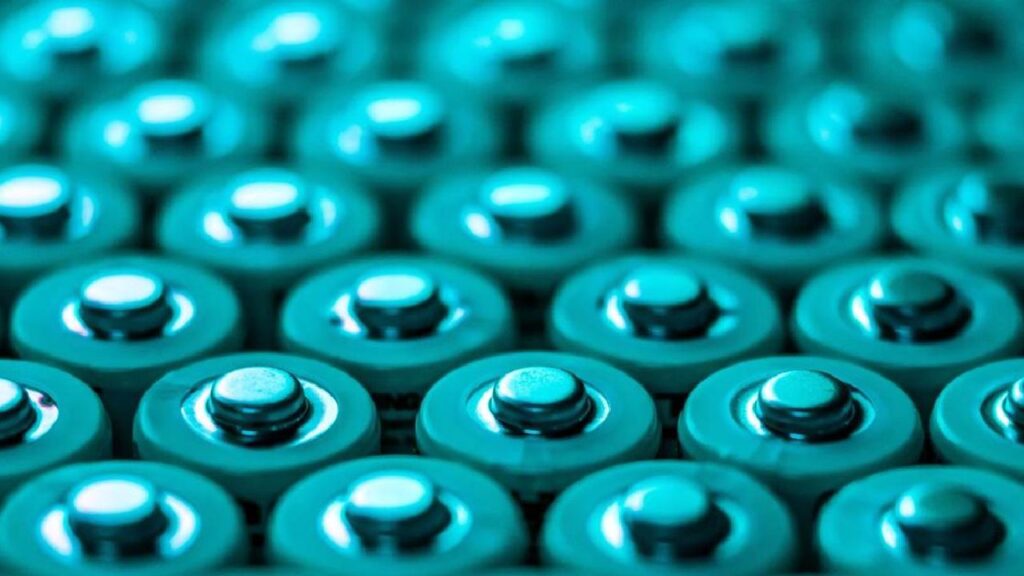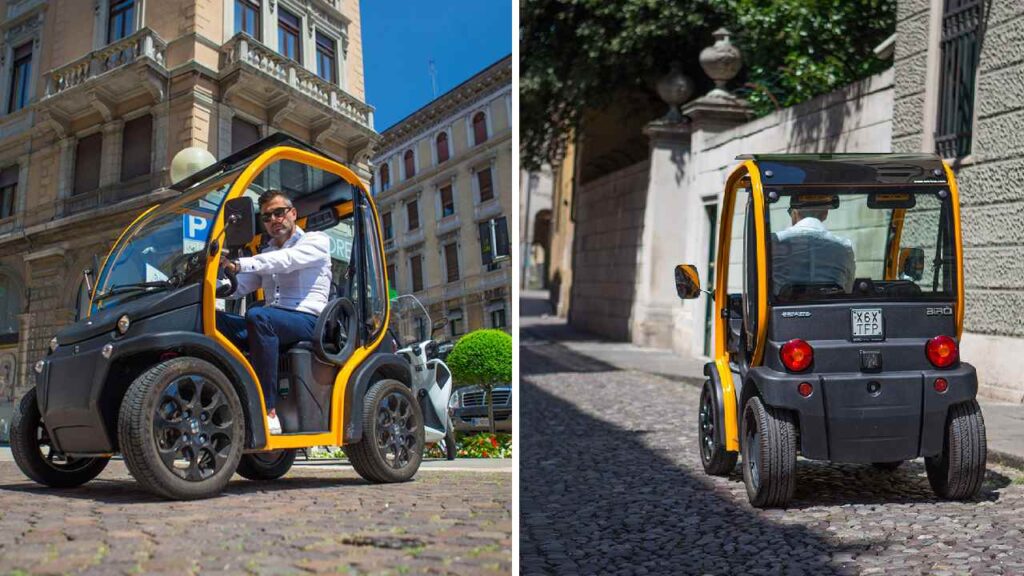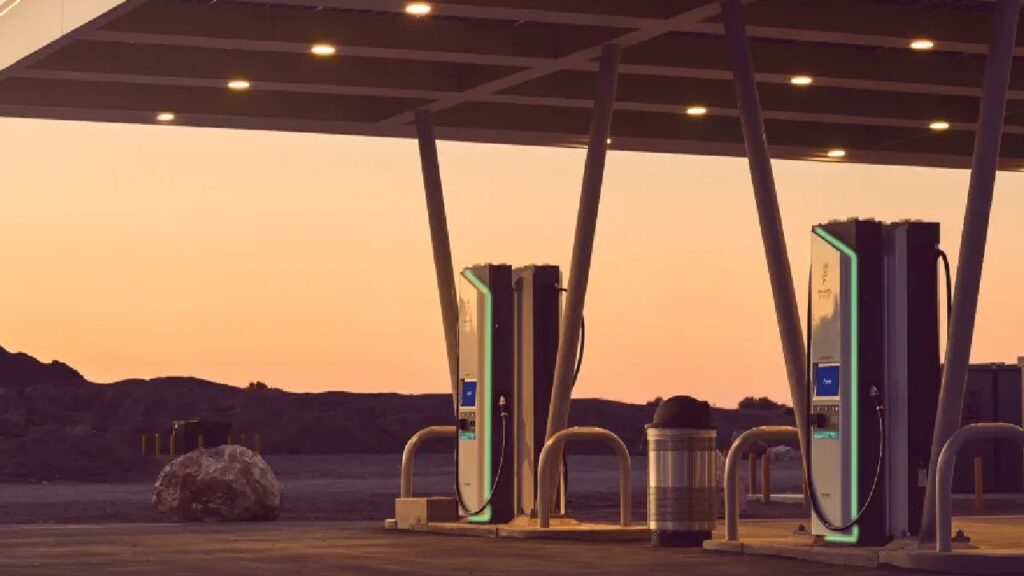Why Electric Cars Catching Fire Must Concern You
While industry experts and new car buyers are beginning to jump on the EV bandwagon, we must also acquaint ourselves with the issue of electric cars catching fire. Now, before we go any further, we must mention that this is not an EV-bashing blog or creating fear among potential buyers, but a rather factual piece of content which talks about why EV fires are different and worse than fire in ICE-powered vehicles. Also, for the record, USA Today shows data highlighting that the number of EVs catching fire out of 100,000 vehicles is just 25 compared to gas cars (1,530). So, EVs are clearly much safer when it comes to fire explosions. Furthermore, most fires occur when vehicles get crashed which may necessarily not be due to any defect in the battery or construction. With that out of the way, let us discuss the chemistry of an EV fire. You might also like: Does the Future of EVs Rest on Sodium Ion Batteries? Chemistry of Electric Cars Catching Fire When a traditional gas-powered vehicle gets engulfed in flames, standard procedures like putting water into the fire to cut the oxygen supply works adequately. Additionally, fire extinguishers can control the situation and people are aware of what to do in such situations. However, that is the most terrifying aspect of EVs catching fire. We know that most EV batteries use Lithium-ion chemistry with Nickel, Cobalt, Manganese metals and liquid electrolytes. Generally, the battery is sealed off securely and it is meant to stay that way even during unfortunate cases. However, if the battery catches fire once, most standard procedures won’t be effective in dousing it out. The reason behind that is simple. The EV battery components become the fuel themselves causing a thermal runaway. This is due to the electrolyte decomposing and releasing Oxygen among other toxic gases including Carbon Monoxide, Hydrogen Cyanide, Hydrofluoric Acid and Cobalt. You might also like: Top Solid-State Battery Companies For EVs You don’t need to get in contact with these gases to get affected negatively. Some of these gases could get absorbed by your skin. That is the reason why people have lost their lives in such fires. There have also been cases reported where the fire kept on going for hours despite being tried to control it using conventional water and fire extinguishers. Hence, if such a fire breaks out in a parking lot where multiple EVs are parked, we could have a serious problem on our hands. Since most people charge their EVs at their homes, this issue becomes more pertinent. Overnight charging is the most common and practical way of charging EVs across the world. In fact, some people, due to a lack of space around the house, end up installing charging equipment inside the house. In countries like Australia, solar charging and storage devices are quite common. But these must be away from the house, at least outside the building so that even if there are such terrible situations, lives are not at stake. That is the reason why EV fires are extremely perilous and we must be informed about such things. As mentioned previously, the chances of EVs catching fire are still a lot lesser compared to traditional gas-powered vehicles. Nevertheless, proper safety measures and procedures must be in place as EVs get more popular than ever. The concerned authorities must come up with safety protocols about what must be done in such situations so that people are able to deal with these scenarios in the best possible way.


